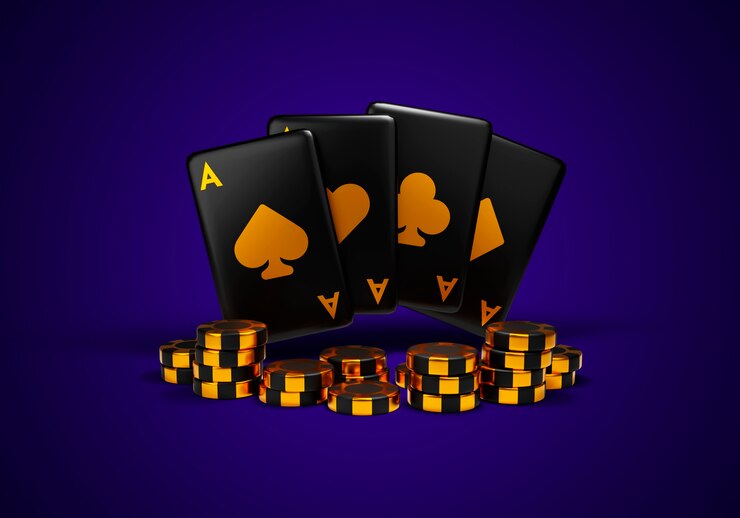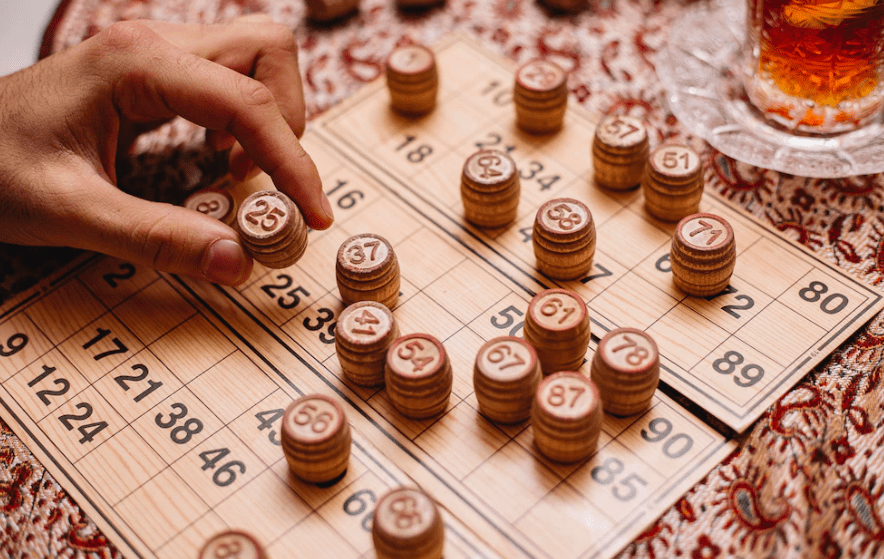Introduction
Card games have a universal appeal, offering entertainment and intellectual challenges to players of all ages. Two classic card games, Poker and Call Break, are popular choices among enthusiasts. In this blog, we will explore the key differences between Poker and Call Break, highlighting their distinct rules, strategies, and unique features.
1. Origin and Cultural Significance
Poker has a rich history with its roots in Europe, gaining prominence in the United States during the 19th century. Over the years, it has evolved into a global phenomenon with a wide array of variations and a dedicated following worldwide. The World Series of Poker (WSOP) is a testament to its international acclaim.
Call Break, on the other hand, is believed to have originated in South Asia, particularly in countries like Nepal and India. It is a traditional trick-taking game that has deep cultural significance in the region. Call Break is commonly played in social gatherings and as a form of entertainment, and it has made its way into the digital gaming world as well.
2. Number of Cards and Gameplay
Poker is typically played with a standard 52-card deck, with variations that may include the use of jokers. The game aims to create the best five-card hand, which consists of a combination of hole cards (private cards) and community cards. If you are learning to play poker here are the standard hand rankings in Poker, from highest to lowest, are:
– Royal Flush: A, K, Q, J, 10 of the same suit.
– Straight Flush: Five consecutive cards of the same suit.
– Four of a Kind: Four cards of the same rank.
– Full House: Three cards of one rank and two cards of another rank.
– Flush: Five cards of the same suit, not in sequence.
– Straight: Five consecutive cards of different suits.
– Three of a Kind: Three cards of the same rank.
– Two Pair: Two sets of two cards of the same rank.
– One Pair: Two cards of the same rank.
– High Card: The highest card in the hand.
Call Break, in contrast, is played with a standard 52-card deck without jokers. The game is a trick-taking card game where players aim to win as many “calls” as possible by playing higher-ranking cards in a trick. The game’s primary objective is to achieve a target number of calls based on the rules of the specific variation being played.
3. Betting and Competition
Poker is well-known for its betting component, with various rounds of betting and wagering strategies. Players have options such as check, bet, raise, or fold, and the game includes a pot that accumulates the bets. The player with the best hand, or the last player remaining after others fold, wins the pot.
Some of the best Call Break apps, on the other hand, does not involve betting in the traditional sense. It is a trick-taking game where players aim to fulfill their target number of calls. The competition is based on the number of tricks won, and there is no monetary betting involved.
4. Scoring and Winning
In Poker, the objective is to win pots, and there is no point-based scoring system. Players collect chips or money based on the outcome of each hand, and the player with the most chips or money at the end is declared the winner.
Call Break employs a point-based scoring system, where players aim to achieve a predetermined number of calls or tricks. Points are awarded based on the player’s success in meeting their call targets. The player with the highest score at the end of a set number of rounds is the overall winner.
5. Strategies and Skill Levels
Poker is renowned for its complex strategies, which encompass understanding odds, reading opponents, bluffing, and adjusting betting strategies. The game requires a combination of skill, psychology, and mathematical acumen to succeed. Different Poker variants introduce unique elements and challenges, making it a game that rewards in-depth knowledge and practice.
Call Break primarily focuses on card playing strategies and understanding the rank hierarchy of cards in a trick-taking context. Players must make decisions based on the calls they intend to fulfill, as well as the cards they hold and the cards played by their opponents. It is a skill-based game that demands quick thinking and a strong grasp of card values.
6. Variants
Poker offers a wide range of popular variants, including Texas Hold’em, Omaha, Seven Card Stud, and Five Card Draw, among others. Each variant introduces different gameplay dynamics, betting structures, and hand rankings.
Call Break game also has variations based on regional preferences, with rules that may differ slightly. These variations often involve variations in call targets or additional rules to make the game more challenging.
7. Player Interaction
Poker encourages extensive player interaction through betting, bluffing, and reading opponents. The psychological aspects of the game, such as identifying “tells” and making strategic decisions, are integral to the overall experience.
Call Break, while offering interaction through the social aspect of the game, is not as reliant on bluffing and psychological tactics. The primary focus is on playing the right cards at the right time to win tricks and fulfill call targets.
Conclusion
Poker and Call Break are two classic card games that offer distinct experiences and gameplay dynamics. While Poker is celebrated for its complex strategies, betting, and psychological warfare, Call Break is cherished for its straightforward trick-taking gameplay, target fulfillment, and point-based scoring. Both games cater to different player preferences and skill levels, providing engaging options for card game enthusiasts worldwide. Whether you favor the strategic depth of Poker or the precision card play required in Call Break, these card games continue to be enjoyed by players of all backgrounds.





